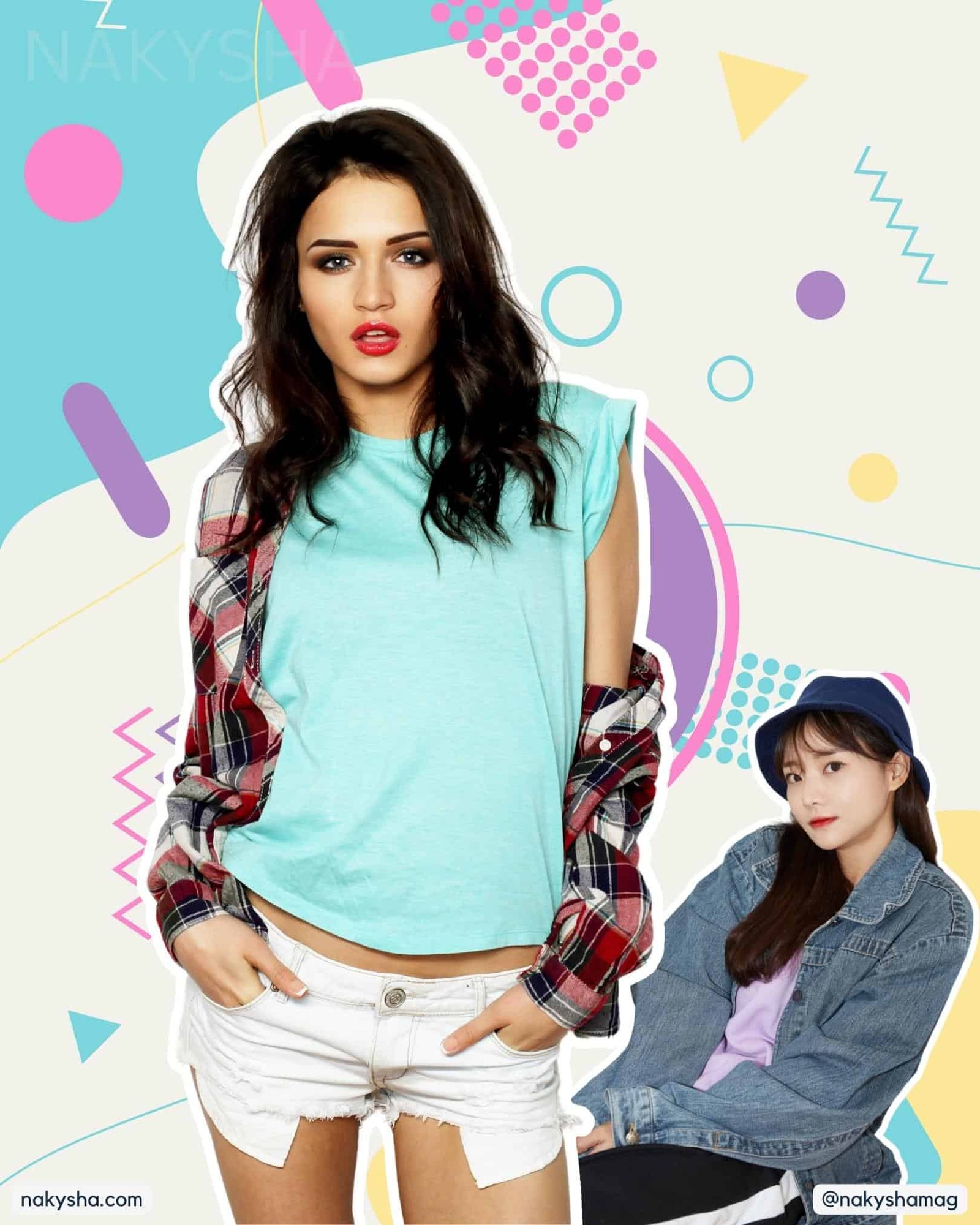Hipster-style clothing is all the rage these days, popping up in fashion magazines, on celebrities, and even in everyday wear. In recent years, the hipster look has become more mainstream, with a growing number of people embracing it for its unique aesthetics and originality.
The hipster look has become increasingly popular, combining eclectic vintage pieces with modern trends. From ripped jeans to patterned shirts, there are many ways to put together a hipster, unique and fashionable outfit.
This guide will provide an overview of some of the best ways to stay up-to-date with this trend and tips on how to customize it for a personalized style.
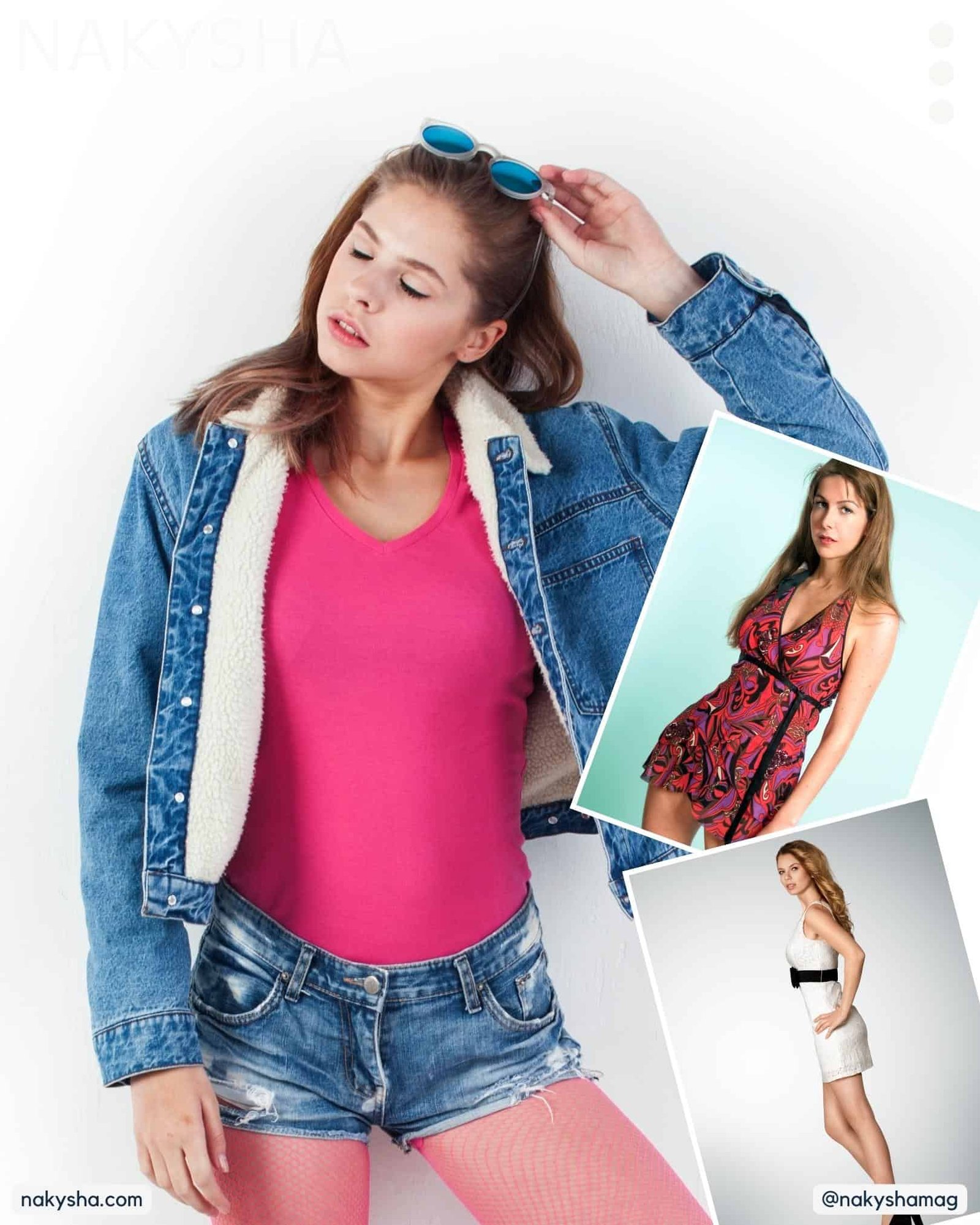
What is Hipster Fashion?
Hipster fashion is a dressing style associated with the subculture known as “hipsters.” The term “hipster” refers to a group of young people known for their non-conformist attitudes and love of alternative music, art, and culture.
Hipster fashion is a unique style of dress that has surged in popularity in the past decade. It’s often called an eclectic mix of vintage, retro, and bohemian styles that make people feel like they don’t have to fit in.
Most people think of young people who live in cities or go to college when they hear the word “hipster.” However, its appeal is growing across all walks of life as more and more people embrace the hipster look.
The Meaning of Hipster Fashion?
This style is often associated with an emphasis on individuality and creativity, with hipsters choosing clothing that expresses their unique personalities rather than conforming to mainstream fashion trends.
The true meaning of hipster fashion is about expressing individuality, rejecting mainstream trends, and embracing a unique and creative style.
Types of Hipster Fashion
There are several types of hipster fashion, each with unique styles and characteristics.
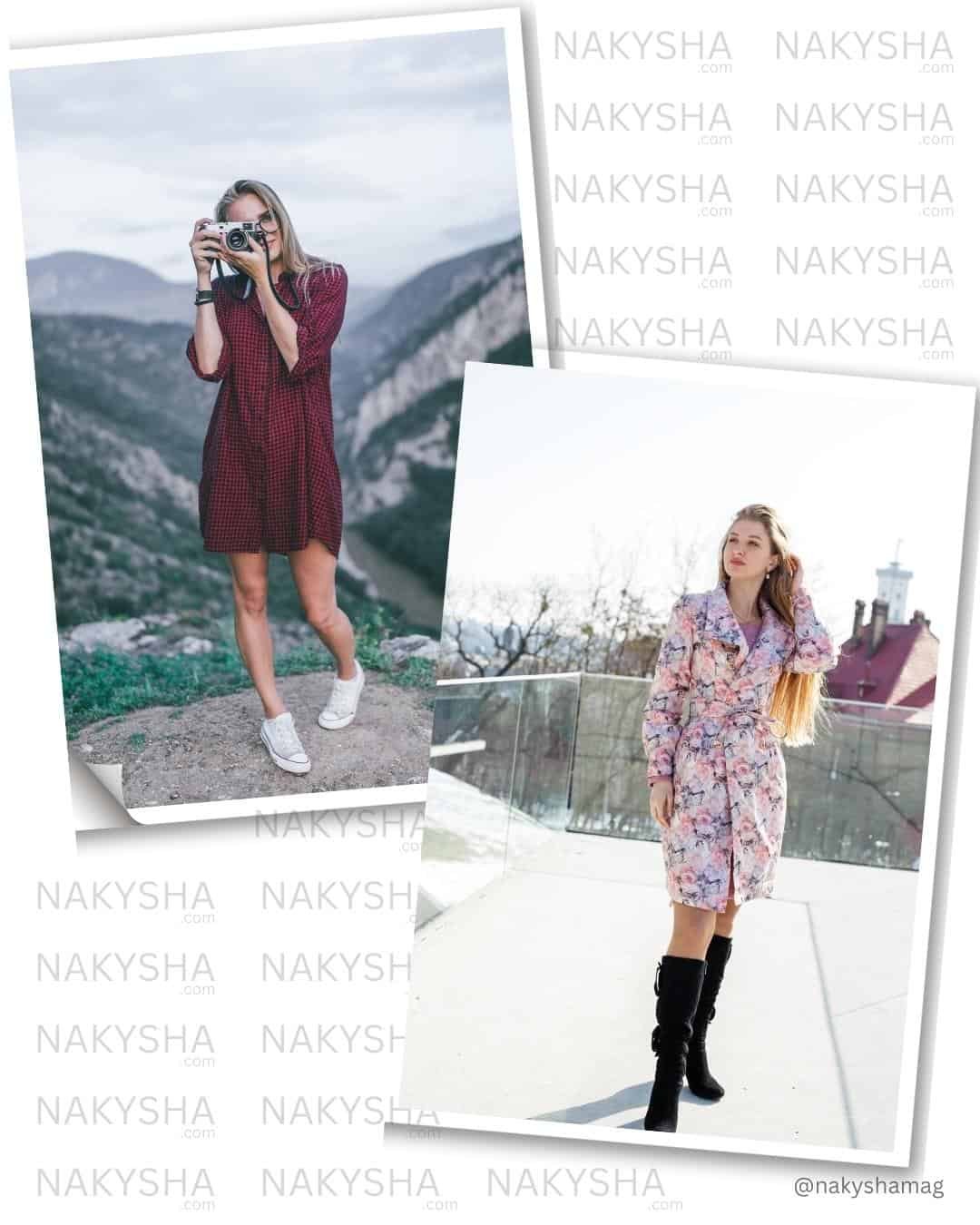
Here are some examples:
Vintage Hipster: This hipster fashion incorporates vintage and retro elements into outfits. Think 70s-inspired prints, oversized sunglasses, and vintage band tees.
Indie Hipster: Indie hipsters embrace indie music and culture, and their fashion sense is no exception. Think quirky graphic tees, colorful socks, and statement jackets.
Bohemian Hipster: The bohemian hipster style incorporates vintage and bohemian elements, with flowy dresses, fringe jackets, and oversized hats.
Minimalist Hipster: This style is about simplicity and minimalism, with clean lines, neutral colors, and sleek accessories.
Grunge Hipster: Grunge hipster fashion incorporates elements of 90s grunge with ripped jeans, band tees, and combat boots.
Artistic Hipster: The hipster style incorporates bold prints, statement jewelry, and unconventional accessories. This style often features handmade and artisanal items.
Hipster fashion expresses individuality and creativity; the hipster community has many styles and subcultures.
What is the Origin of Hipster Fashion?
The origin of hipster fashion can be traced back to the 1940s and 1950s when a subculture of young people emerged in New York City. These individuals were known as “hipsters” and were characterized by rejecting mainstream culture and embracing alternative music, art, and fashion.
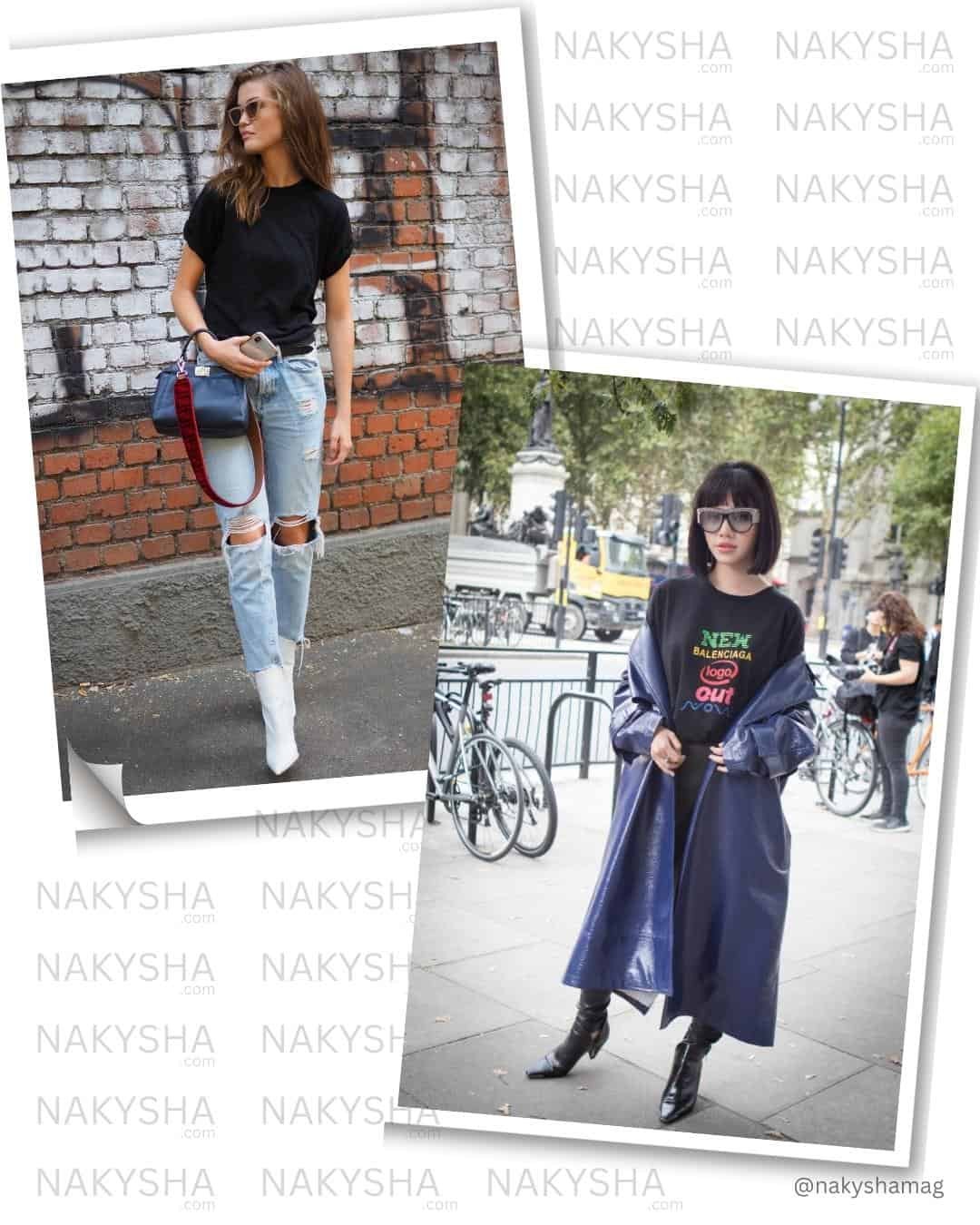
Hipster fashion in the 1940s and 1950s was characterized by a mix of vintage and modern clothing, emphasizing individuality and non-conformity. Hipsters often wore clothes considered unconventional at the time, such as slim-fitting suits, berets, and dark sunglasses.
The hipster subculture declined in popularity during the 1960s and 1970s, but it experienced a resurgence in the 1990s and 2000s. This resurgence was driven by a new generation of young people inspired by their predecessors’ anti-establishment attitudes.
Today, hipster fashion continues to be a popular style, with many young people embracing the individualistic and creative aspects of the subculture. While the specific fashion trends may have evolved, the core values of the hipster subculture remain the same: a rejection of mainstream culture and a focus on individuality and non-conformity.
The Sources of Inspiration
Hipster fashion draws inspiration from various sources, including vintage and retro styles, streetwear, and indie or alternative subcultures.
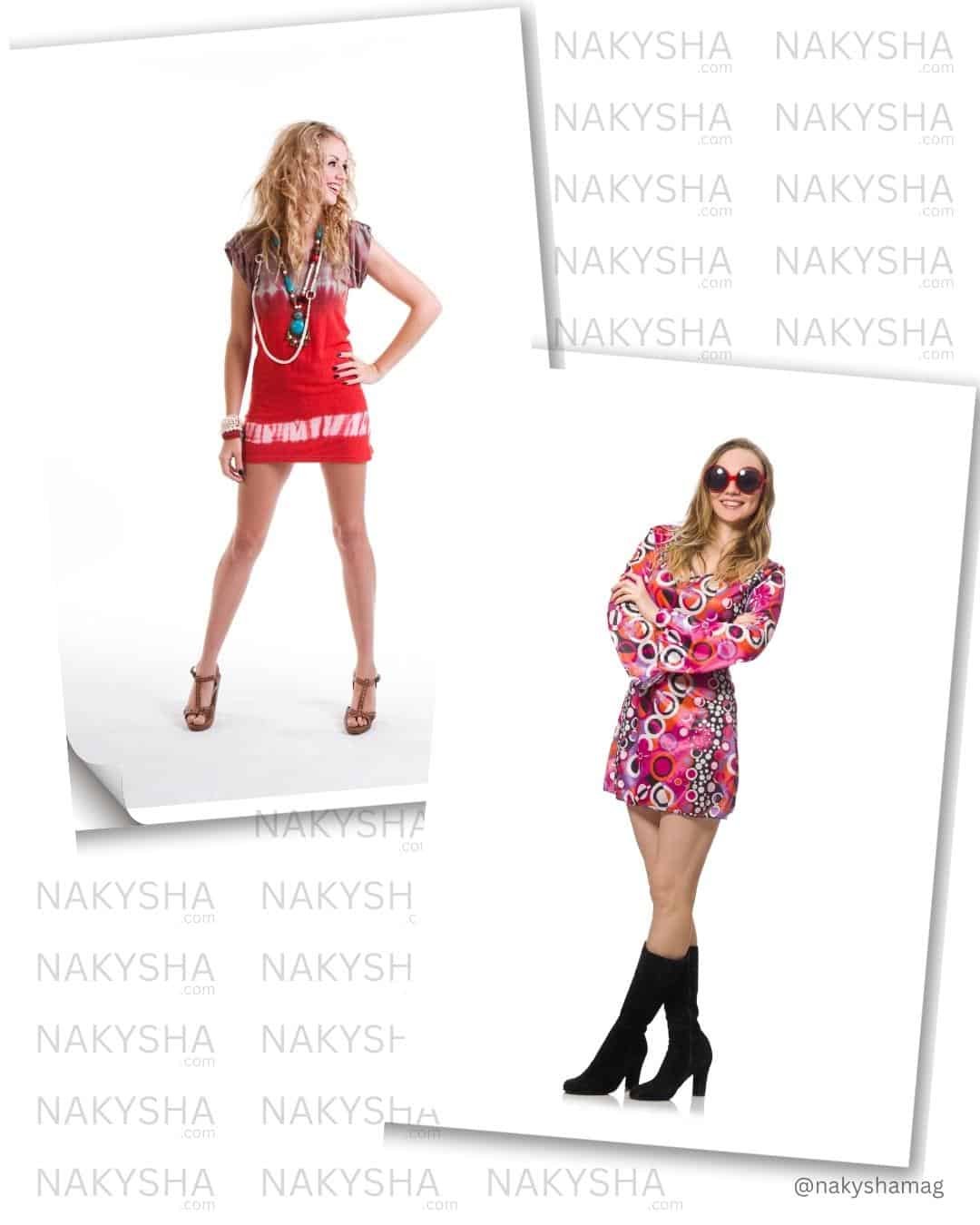
Here are some of the critical sources of inspiration for hipster fashion:
Vintage and Retro Styles: Hipster fashion often incorporates vintage and retro styles from different eras, such as the 1920s, 1960s, and 1970s. This can include clothing items like high-waisted pants, bowties, suspenders, and floral dresses.
Streetwear: Streetwear is a style from urban communities characterized by comfortable and casual clothing. Hipster fashion often incorporates streetwear elements like sneakers, graphic t-shirts, hoodies, and denim jackets.
Indie and Alternative Subcultures: Hipster fashion is often associated with alternative subcultures, such as indie rock and grunge. This can include clothing items like band t-shirts, ripped jeans, leather jackets, and combat boots.
Artistic and Bohemian Styles: Hipster fashion can also draw inspiration from artistic and Bohemian styles, which prioritize comfort and individual expression. This can include flowy dresses, oversized sweaters, colorful scarves, and statement jewelry.
Hipster fashion is characterized by vintage, streetwear, and alternative styles prioritizing comfort, individuality, and self-expression.
Popular Hipster Fashion Designers
Hipster fashion is typically associated with independent designers and boutique brands rather than mainstream fashion labels. Some famous hipster fashion designers and brands include:
- Marc Jacobs: A high-end fashion designer who often incorporates vintage and retro elements into his designs, Marc Jacobs is known for his bold colors and playful prints.
- Urban Outfitters: A popular clothing and lifestyle brand specializing in vintage-inspired and bohemian-style clothing.
- American Apparel: Known for their simple, classic designs and emphasis on sustainable and ethical manufacturing practices.
- Free People: A bohemian-inspired clothing brand focusing on flowing silhouettes, floral prints, and eclectic accessories.
- Topshop: A British fashion retailer that offers trendy and affordable clothing with a vintage twist.
- Rag & Bone: A New York-based fashion label that blends traditional tailoring with streetwear elements, creating a unique and edgy aesthetic.
- Alexander Wang: Known for his minimalist yet edgy designs, Alexander Wang’s clothing often features unexpected details and materials, such as leather and mesh.
A DIY, independent spirit characterizes hipster fashion, and many designers and brands in this space prioritize sustainable and ethical manufacturing practices.
Why is Hipster Style Still Popular?
The popularity of the hipster style is driven by its emphasis on individuality, comfort, sustainability, and cultural significance. Despite some criticisms of the hipster fashion movement as being too contrived or derivative, many people continue to find value in this style and the subculture it represents.
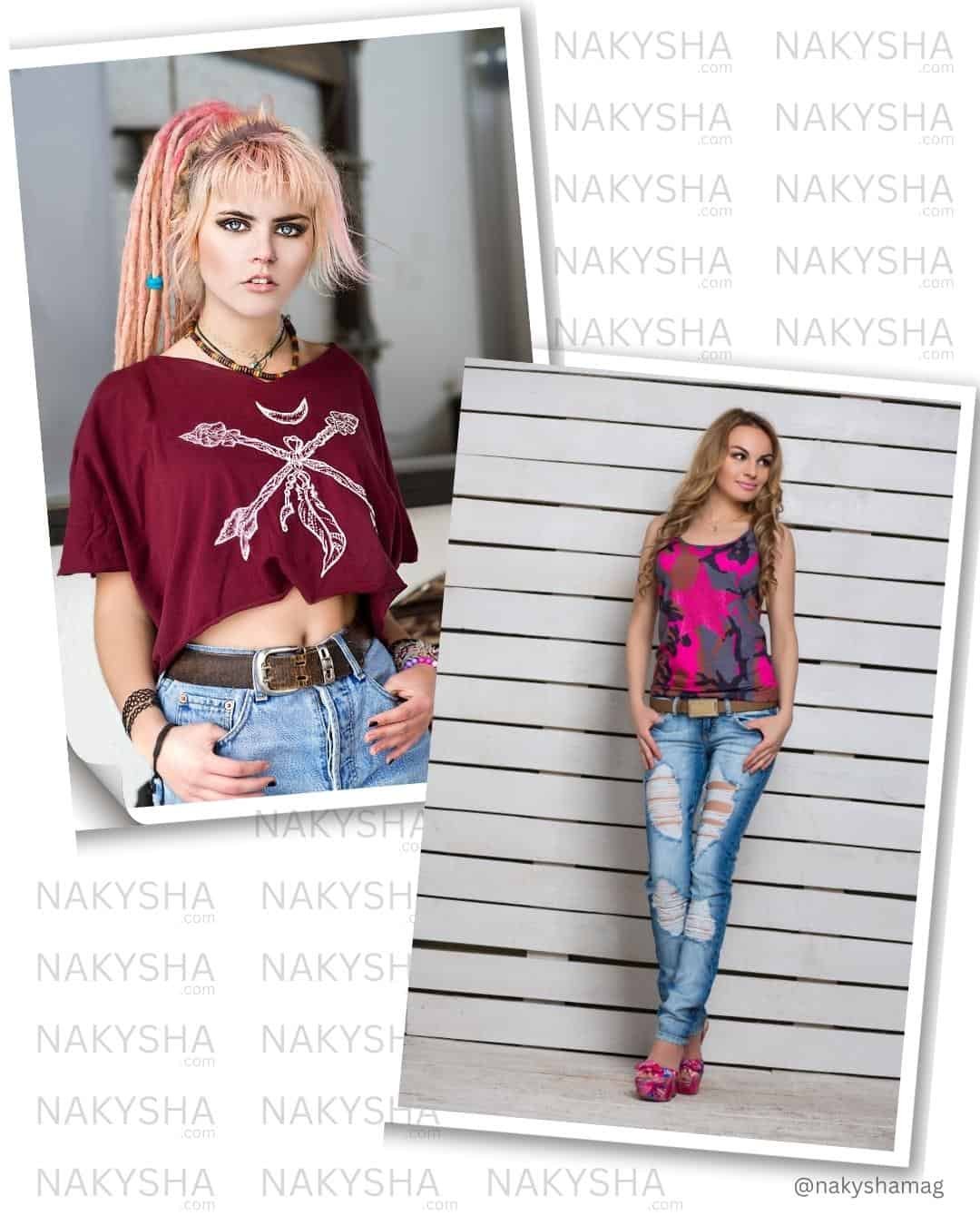
Hipster style is still famous for several reasons:
Individuality: The hipster fashion movement is all about self-expression and individuality. The clothing and accessories associated with the hipster style allow people to express their unique personalities and tastes.
Vintage Appeal: Many hipster fashion trends draw inspiration from vintage and retro styles with a timeless appeal. This can make hipster fashion more attractive to people who want to stand out from mainstream fashion trends and create a more distinctive look.
Comfort: Many hipster fashion pieces prioritize comfort and practicality over traditional fashion trends. This can significantly appeal to people who want to look stylish while still feeling comfortable and confident.
Sustainable and Ethical: Many hipster fashion brands prioritize sustainable and ethical manufacturing practices, which align with the values of many young consumers. This can make hipster fashion more attractive to people who want to support environmentally and socially responsible brands.
Cultural Significance: The hipster fashion movement is associated with a particular cultural identity and lifestyle. This can make the clothing and accessories associated with hipster fashion more meaningful to people who identify with this subculture.
The Evolution of Hipster Fashion
Hipster fashion has evolved significantly, reflecting changes in popular culture, fashion trends, and social attitudes. Here are some key stages in the evolution of hipster fashion:
The 1940s-1950s: The term “hipster” originally referred to a subculture of jazz enthusiasts in the 1940s and 1950s. This group of young people rejected mainstream culture and embraced an alternative lifestyle, often wearing loose-fitting clothing, berets, and sunglasses.
The 1990s-2000s: In the 1990s and 2000s, the hipster subculture underwent a revival, with young people embracing indie music, alternative fashion, and a DIY aesthetic. This period saw the rise of skinny jeans, vintage clothing, and ironic t-shirts.
The 2010s-2020s: In the 2010s and 2020s, hipster fashion evolved into a more mainstream trend, with many of the style’s defining features becoming part of mainstream fashion. This period saw the rise of high-waisted jeans, oversized sweaters, and flannel shirts.
Sustainable and Ethical Fashion: In recent years, hipster fashion has also become associated with sustainable and ethical fashion practices. Many hipster fashion brands prioritize environmentally friendly and socially responsible manufacturing processes, reflecting the subculture’s individualism and social consciousness values.
The evolution of hipster fashion reflects changes in popular culture, fashion trends, and social attitudes. While the style has become more mainstream in recent years, it continues to be associated with a subculture that values individuality, creativity, and social consciousness.
What are the Characteristics of Hipster Fashion?
Hipster fashion is a style associated with a subculture that values individuality, creativity, and social consciousness.
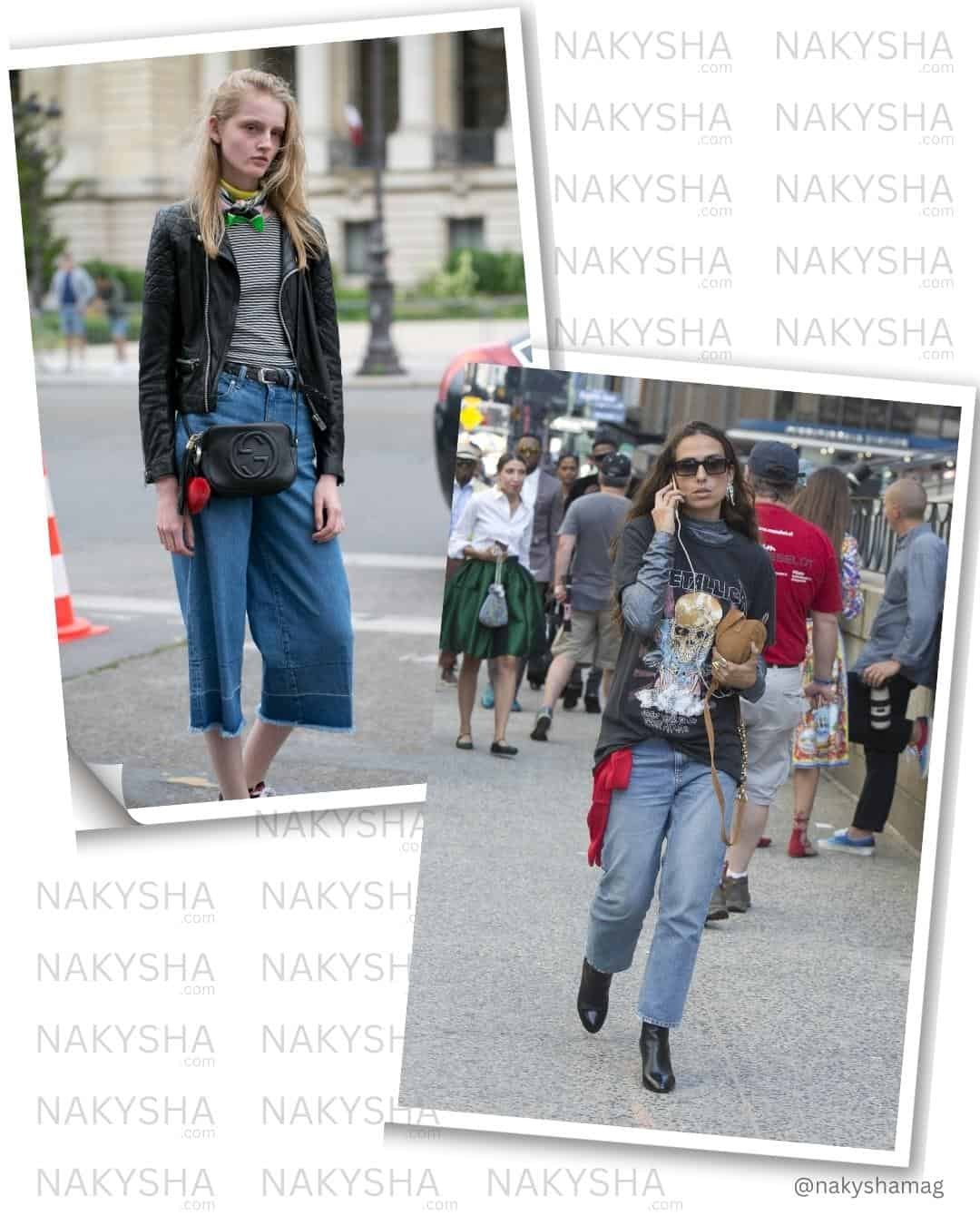
The characteristics of hipster fashion include:
Vintage and Retro Styles: Hipster fashion often incorporates vintage and retro clothing styles from different eras, such as the 1920s, 1960s, and 1970s. This can include clothing items like high-waisted pants, bowties, suspenders, and floral dresses.
Casual and Comfortable: Hipster fashion prioritizes comfort and practicality over traditional fashion trends. This can include clothing items like oversized sweaters, t-shirts, and jeans.
Alternative Subcultures: Hipster fashion is often associated with alternative subcultures, such as indie rock and grunge. This can include clothing items like band t-shirts, ripped jeans, leather jackets, and combat boots.
Creative and Unique: Hipster fashion is all about self-expression and individuality. Many hipster fashion items are one-of-a-kind or have unique features that set them apart from mainstream fashion trends.
Sustainable and Ethical: Many hipster fashion brands prioritize sustainable and ethical manufacturing practices, reflecting the subculture’s individualism and social consciousness values.
DIY Aesthetic: Hipster fashion often incorporates DIY elements, such as customized t-shirts or repurposed vintage clothing. This reflects the subculture’s emphasis on creativity and self-expression.
Hipster fashion is characterized by a mix of vintage, alternative, and DIY styles that prioritize comfort, individuality, and social consciousness.
The Colors of Hipster Fashion
The standard colors of hipster fashion are often muted, earthy, and neutral tones. Some of the most common colors include:
- Black is a staple color in hipster fashion and can be found in various clothing items, from skinny black jeans to black leather jackets.
- Gray is another standard hipster fashion color in sweaters, t-shirts, and pants.
- Brown is a famous earthy tone often found in hipster fashion, particularly in leather boots and belts.
- Olive green is a muted tone often found in military-inspired clothing items like cargo pants and jackets.
- Burgundy is a deep red color often used in hipster fashion, particularly sweaters and cardigans.
- Mustard yellow is a warm, earthy color often found in hipster fashion, particularly in knitwear and accessories.
These colors can be mixed and matched to create a unique and individual look that reflects the wearer’s personality and style.
How to Dress Hipster Style?
There are a few key elements to remember to dress in hipster fashion. Prioritize comfort and practicality over traditional fashion trends. This can include clothing items like oversized sweaters, t-shirts, and jeans.
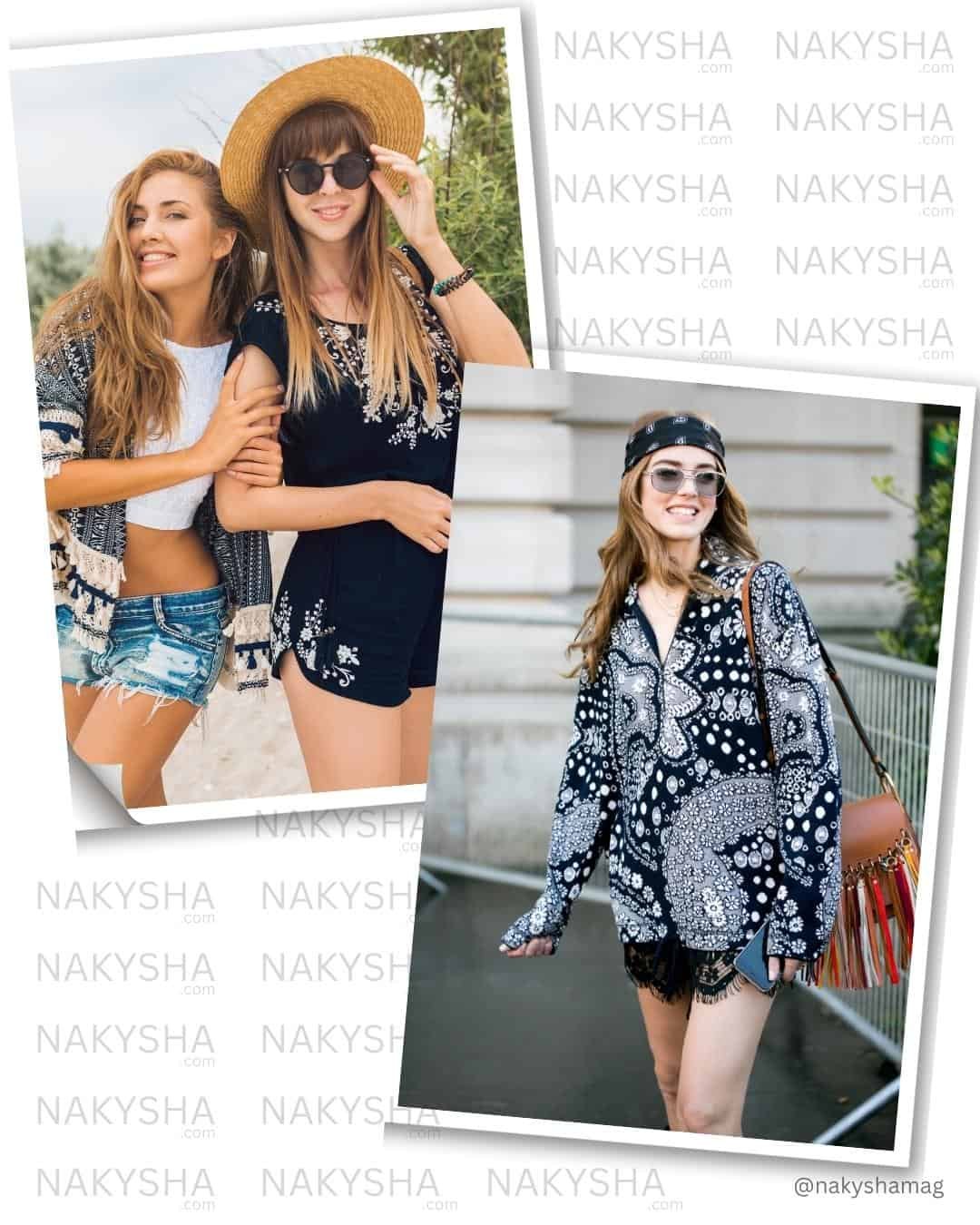
Incorporate vintage and retro clothing styles from different eras, such as the 1920s, 1960s, and 1970s. This can include clothing items like high-waisted pants, bowties, suspenders, and floral dresses.
Accessorize with unique and statement pieces, such as funky hats, scarves, and jewelry. Consider sustainable and ethical fashion practices, such as purchasing clothing from thrift stores or supporting eco-friendly brands.
Embrace creativity and self-expression by incorporating DIY elements, such as customized t-shirts or repurposed vintage clothing.
Hipster Fashion Outfits
Hipster fashion outfits are often a mix of vintage, alternative, and DIY styles that prioritize comfort, individuality, and creativity.
An everyday hipster fashion outfit is a vintage dress paired with a leather jacket, creating a mix of feminine and edgy elements.
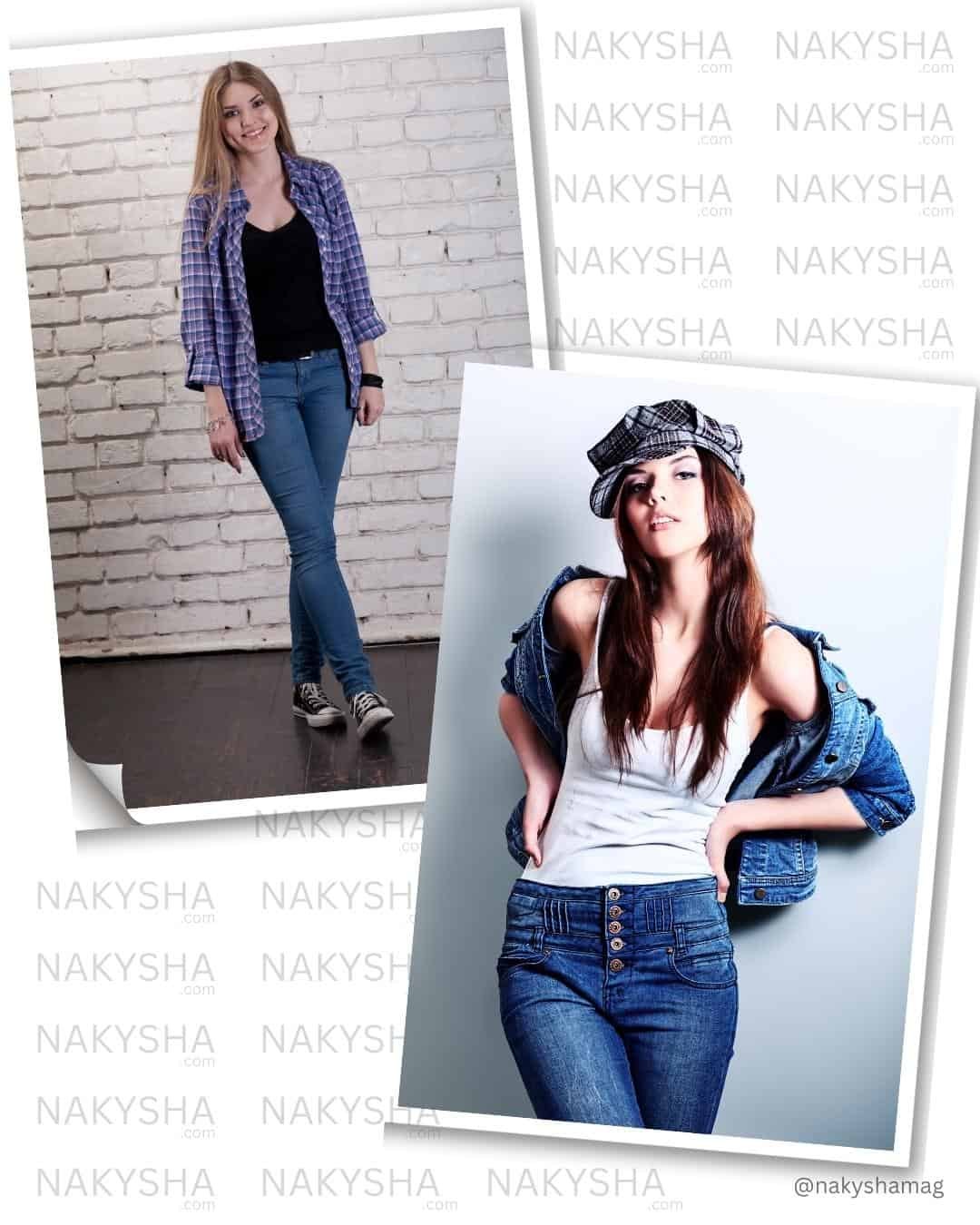
Another famous outfit is a combination of skinny jeans, an oversized sweater, and a beanie, creating a comfortable and laid-back look. Plaid shirts, band t-shirts, and combat boots are commonly found in hipster fashion outfits, reflecting the subculture’s association with alternative subcultures like indie rock and grunge.
Accessorizing with funky hats, scarves, and jewelry is another way to add unique and statement pieces to a hipster fashion outfit.
Hipster Fashion Makeups
Hipster fashion makeup is often natural and understated, enhancing natural features rather than covering them up.
- Start with a clean and moisturized face to achieve a hipster fashion makeup look.
- Use a light foundation or tinted moisturizer to even out skin tone, and add a touch of concealer to cover any blemishes.
- Keep eye makeup simple with a neutral eyeshadow shade and a light coat of mascara.
- Choose a natural lip color like a soft pink or nude shade for the lips.
- Alternatively, a bold lip color like a deep red or burgundy can add a pop of color to a hipster fashion makeup look.
- Add bronzer or blush to the cheeks to complete the look for a natural glow.
Hipster Fashion Hairstyles
Hipster fashion hairstyles are often unique, and edgy, and reflect the subculture’s emphasis on self-expression and individuality. Here are a few examples of hipster fashion hairstyles:
- Messy Bun: A messy bun is a popular hipster hairstyle that is easy to achieve and effortless. It can be worn high or low on the head and is often paired with a beanie or headband.
- Undercut: An undercut is a bold and edgy hipster hairstyle that involves shaving one side or the back of the head while leaving the rest of the hair long. This style can be worn with a variety of hair lengths and textures.
- Bob: A bob haircut is a classic hipster hairstyle that can be customized with bangs or layers. This style can be worn sleek and straight or with a natural wave for a more relaxed look.
- Braids: Braids are a versatile hipster hairstyle that can be worn in various ways, from a classic French braid to a bohemian-inspired fishtail braid. They can be worn with both short and long hair.
- Bangs: Bangs are a popular hipster hairstyle that can be worn in various ways, from blunt and straight across to choppy and textured. They can be paired with various hair lengths and textures to create a unique and edgy look.
Hipster fashion hairstyles are all about creativity, self-expression, and individuality. They can be customized to reflect personal style and preferences and are often paired with unique accessories and clothing to create a complete hipster fashion look.
Hipster Fashion Accessories
Hipster fashion accessories can vary greatly depending on personal style and preferences, but here are some popular ones:
- Retro sunglasses: Oversized, round, or cat-eye sunglasses with colored or mirrored lenses are a staple of hipster fashion.
- Beanie hats: Slouchy, knitted beanies are a popular accessory for both men and women in the hipster scene.
- Statement scarves: Scarves in bold prints, patterns, and textures are a great way to add individuality to your outfit.
- Messenger bags: Messenger bags made of canvas or leather are popular accessories for both men and women in the hipster scene.
- Vintage watches: Vintage watches, especially those with leather or canvas straps, are a popular accessory among hipsters.
- Fedora hats: Fedora hats, especially those made of wool or felt, are a stylish and practical accessory for both men and women.
- Suspenders: Suspenders, worn traditionally or as a statement accessory, are popular among hipsters.
- Brooches and pins: Brooches and pins, especially those with quirky or unusual designs, are a popular way to add personality to your outfit.
- Tote bags: Canvas tote bags with quirky or retro designs are a practical and stylish accessory for both men and women in the hipster scene.
- Boots: Whether it’s combat boots or ankle boots with unique details, footwear is essential to hipster fashion.

